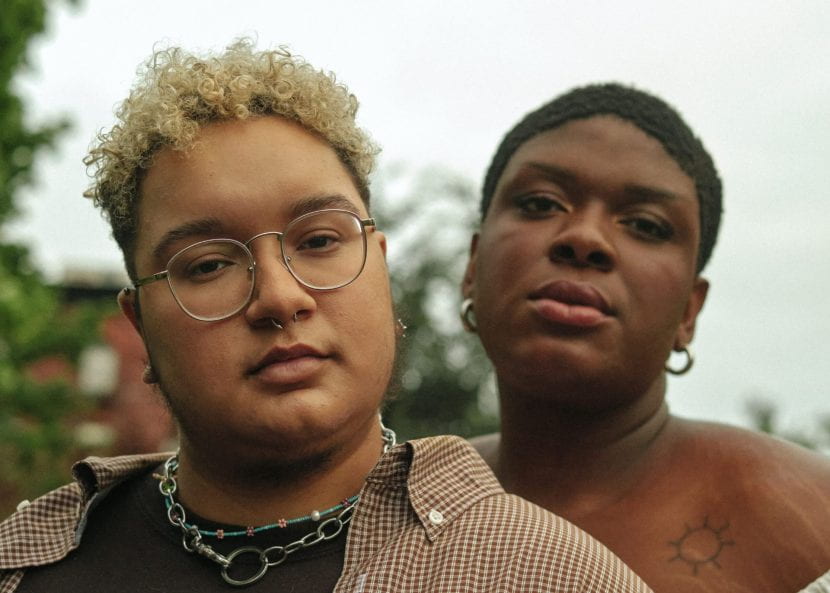There is a lot of talk about transgender and gender diversity these days. Many parents are stumped by some of the vocabulary their children are using and may be struggling to understand. Traditionally our culture has used a binary model for gender, meaning there are 2 options, male or female; however other cultures have always recognized that gender is multifaceted and have accepted more diversity.
Below are four distinct factors that make up our identity:
- Sex assigned at birth – refers to the categorization of male, female, or intersex based on biological attributes. This includes reproductive organs and genitalia.
- Sexual orientation – describes who you are attracted to physically, romantically, and/or emotionally. Some terms people use to describe their sexual orientation include:
-Heterosexual or “straight” refers to a person attracted to people of a different gender
-Gay describes a person attracted to people of the same gender
-Lesbian describes a woman attracted to other women
-Bisexual (bi) or pansexual describes a person attracted to people of multiple genders
-Queer is a term used to describe a person whose sexual orientation is not exclusively heterosexual
-Asexual describes an individual who does not experience sexual attraction
- Gender identity – is based on our internal sense of who we know ourselves to be. It is based on what is happening in our brains, rather than between our legs.
- Gender expression – is how we externally express our gender. This may involve your name, your pronouns, as well as external aspects such as your clothing or haircut.
Gender identity, gender expression, and sexual orientation can be viewed as a spectrum – rather than a traditional binary of man vs woman, masculine vs feminine, or gay vs straight – to capture the variety of existing identities, expressions, and orientations.
You may be surprised to learn that by 18 months of age, children have learned to distinguish between men and women and begin the process of self-identification as a member of a particular gender. By age 2, they typically begin to settle into behaviors and activities that align with their true or authentic gender.
All Blogs are written by Professionals in the fields of Nutrition, Human Development and Diabetes.
